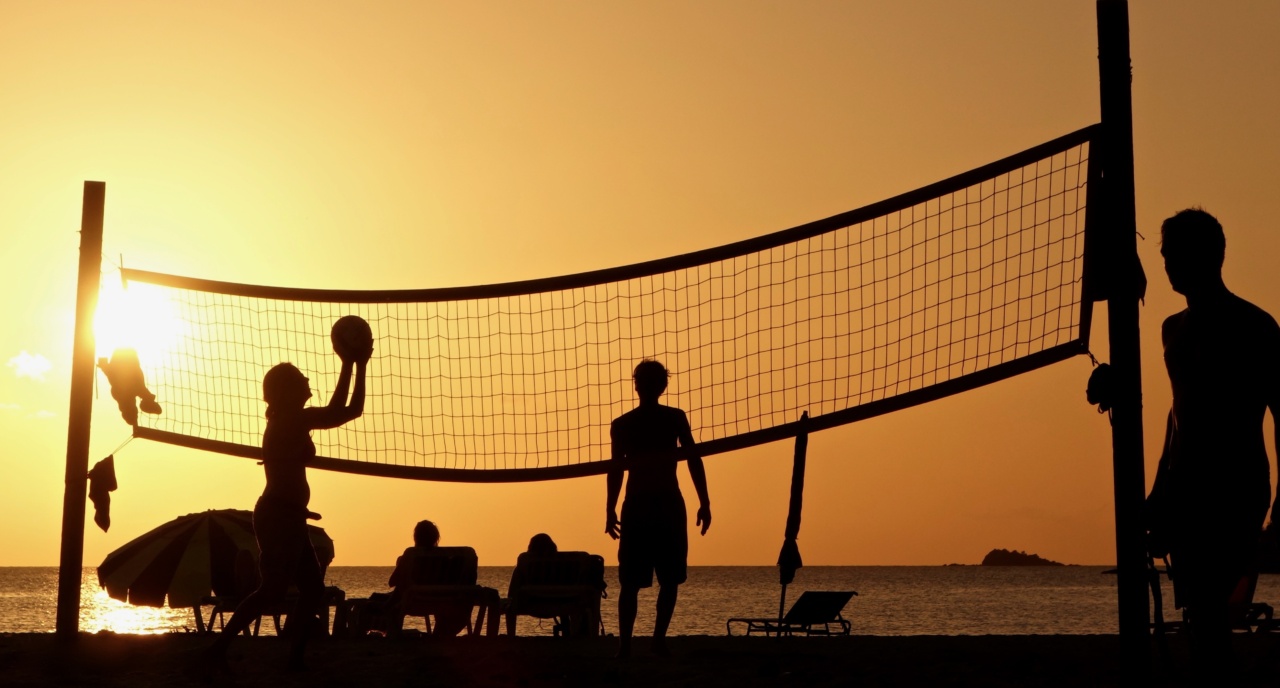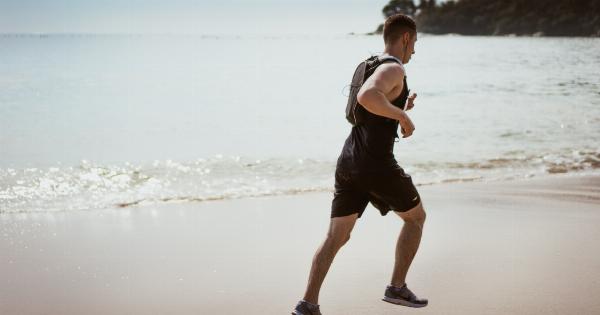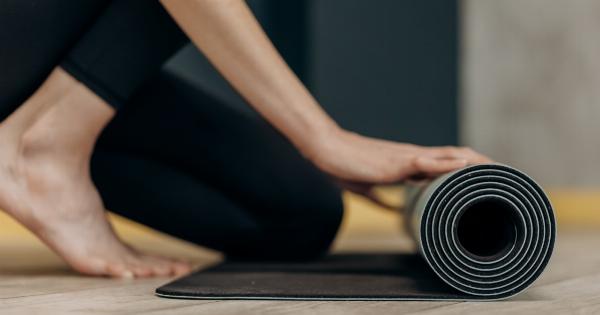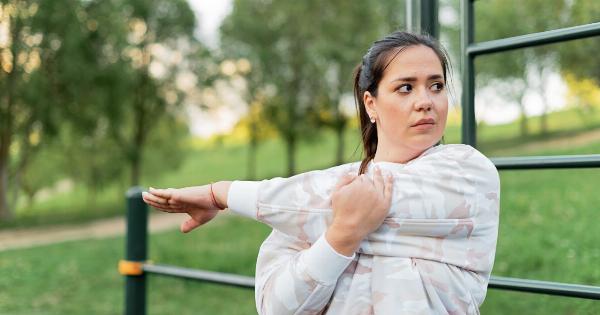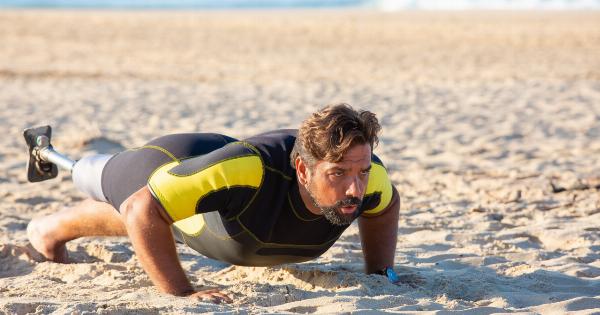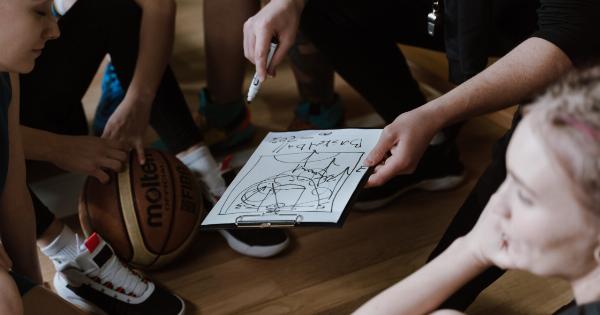Beach volleyball is a thrilling sport played on sand, often in a sunny and breezy environment. However, just like any other sport, beach volleyball players are prone to injuries.
The sand can be an obstacle to jump and move easily, and the added exposure to the elements can put players at risk of getting hurt. Fortunately, there are ways to prevent injuries in beach volleyball. In this article, we will discuss some of these strategies.
Warming up and stretching
One of the most important ways to prevent injuries in beach volleyball is to warm-up and stretch before playing. A proper warm-up routine can increase blood flow in the body, preparing your muscles for the upcoming physical activity.
A 10-15 minute jog or bike ride can increase your heart rate and loosen up your muscles. Stretching before playing can help to prevent muscle tears and sprains. Stretching after playing can help you cool down your muscles to slowly reduce the tension and prevent cramping.
Correct technique and form
Playing beach volleyball with incorrect technique and form can lead to injuries, especially if you’re frequently jumping and hitting the ball.
To prevent injuries, you need to learn the correct technique and form from experienced players or coaches. Good technique and form can help you reduce the chances of twisting your ankle or hurting your knees, and it can also prevent shoulder injuries caused by the repetitive motion of hitting the ball.
Proper footwear
Playing beach volleyball barefoot may seem like the natural thing to do, but it can actually increase your risk of injuries. The sand can be abrasive and hot, which can lead to blisters, cuts, and burns.
It is recommended to wear beach volleyball shoes with good support and cushioning, as they can help to reduce the impact on your knees and ankles. Additionally, beach volleyball shoes often provide better traction in the sand, allowing you to move easily and reduce your risk of slipping or twisting an ankle.
Hydration and nutrition
Playing beach volleyball under the sun can be tiring, and it can drain you of your energy and fluids. Dehydration can lead to cramps, headaches, and exhaustion, which can put you at risk of injuries.
It is recommended to drink plenty of water or sports drinks before, during, and after playing. Proper nutrition can also help you prevent injuries by keeping your body strong and healthy. Eating a good balance of protein, carbohydrates, and healthy fats can help your muscles recover, reduce inflammation, and prevent fatigue.
Rest and recovery
Playing beach volleyball for hours on end can lead to fatigue and exhaustion, which can increase your risk of injuries. Rest and recovery days are important for preventing injuries, as they give your body time to recover from the physical exertion.
If you’re feeling tired or sore, take a break and let your body rest. You may also consider getting a massage or using foam rollers to reduce muscle tension and soreness.
Proper equipment
Whether you’re a beginner or a professional, it is important to have the right equipment for beach volleyball. Using the wrong equipment can put you at risk of injuries, such as using a ball that is too heavy or too light.
Make sure to use a beach volleyball that is the right size and weight for your level of play. You should also consider wearing protective gear, such as knee pads, elbow pads, and sunglasses to protect your eyes from the sun and sand.
Avoid overtraining
Overtraining can increase your risk of injuries, as it can lead to fatigue and soreness. Although you may be enthusiastic about playing beach volleyball, it is important to avoid overtraining by setting realistic goals and schedules.
Playing too often or for too long can strain your muscles and lead to overuse injuries, such as tendinitis or stress fractures. Be mindful of your body’s limitations and take breaks when needed.
Training with a partner or team
Training with a partner or team can help you prevent injuries in beach volleyball. A partner or team can provide support and motivation, as well as give you feedback on your technique and form.
Additionally, training with a partner or team can help to reduce the risk of collisions and accidents, as you can communicate and coordinate your moves.
Conclusion
Beach volleyball is a fun and exciting sport, but it can also be physically demanding and risky.
Preventing injuries in beach volleyball requires a combination of proper warm-up and stretching, correct technique and form, proper footwear, hydration and nutrition, rest and recovery, proper equipment, avoiding overtraining, and training with a partner or team. By following these strategies, you can minimize your risk of injuries and enjoy beach volleyball to its fullest.
